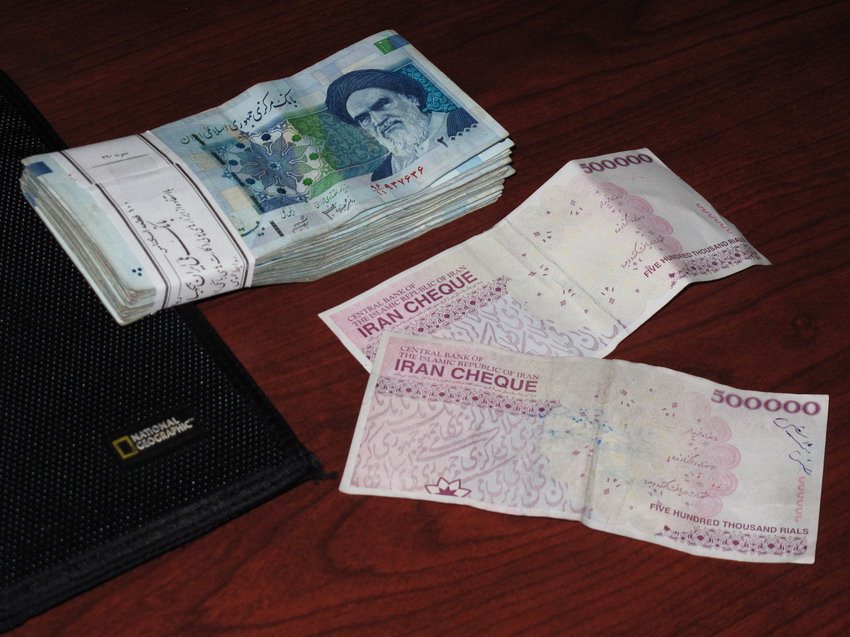A report by Iran Chamber of Commerce, Industries, Mines and Agriculture said that during the first quarter of the current fiscal year that began on March 21, the money market registered the strongest performance in terms of returns on investment.
Household savings not big enough to be used in manufacturing and production sectors often end up in the four main venues, namely money, capital, gold and currency markets.
According to ICCIMA’s official news website, investors during the past few years have generally been more inclined to make deposits with the banks.
“An analysis of the returns of financial markets shows that among the capital, money, gold and currency markets, the money market has registered the biggest returns,” the report said.
During the first quarter, the money market reportedly offered depositors yields of about 5% while “other markets have not succeeded in registering such high returns”.
After the money market, the capital market has had the highest return for investors with an average ROI of 2.4%. However, the currency market failed investors with negative returns, which is of no surprise given the relative stability of the exchange rates during much of the presidency of Hassan Rouhani.
And with an average yield of about 1%, the gold coin market registered “limited fluctuations”.
The relatively good performance of the capital market this year comes after it entailed a 4.8% loss for investors last year.
As to the reason behind the dominance of money market in terms of yields, the report notes that bank deposit rates have been set at almost twice the rate of inflation, which gives other markets no chance to compete.
After a round of discussions and a directive from the Money and Credit Council, a top financial decision-making body, bank deposit rates were set at 18% last year while lending rates were set at 15%. There is a general consensus among officials and pundits that the rates must be brought down closer to the inflation rate, but the overall conditions in the market and a shortage of capital in banks have yet to allow that to happen.
To add insult to injury, the current rates are not adhered to and many lenders offer interest rates higher than 20%. That is while the Iran chamber notes that “sticking to the interest rates set by MCC can be a first step in the way of reducing the rates”.
The Central Bank of Iran has announced that the inflation rate for the second Iranian month ending May 21 was 9.8%. The inflation rate was brought down to single digits last year, but has been projected to reenter double digit zone again this year.
As outlined by the ICCIMA report, the money market has become increasingly attractive for investors during the past few years and the decline in inflation rate and stability in gold, currency and housing markets have directed capitals toward banks.
“This is while many big sums of capitals have also stayed in banks because production has not had a good record in recent years,” the report concluded.


